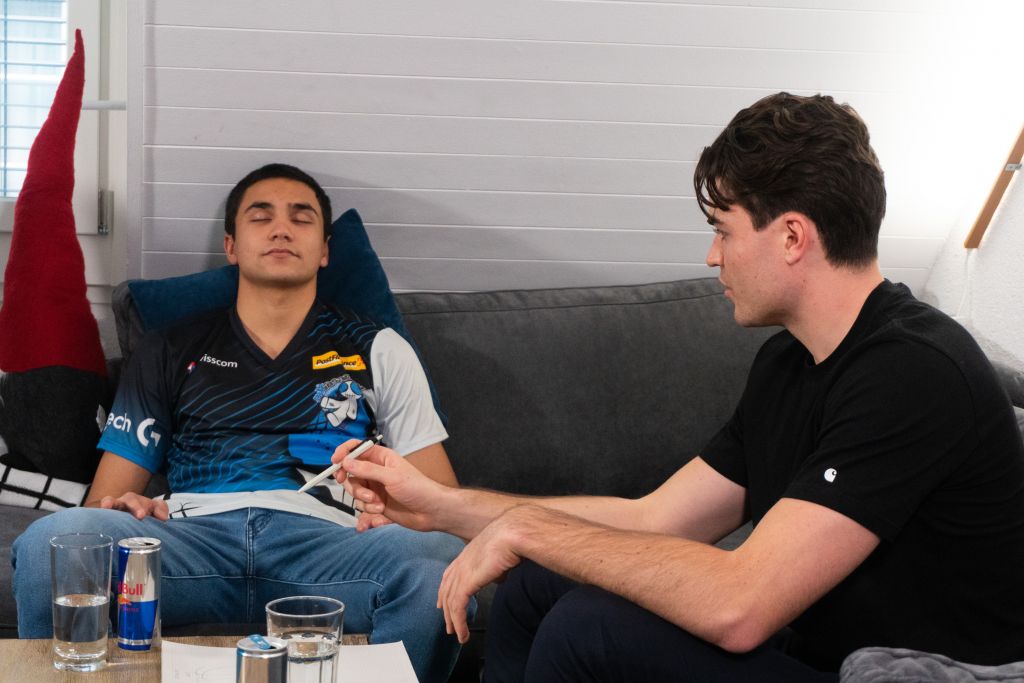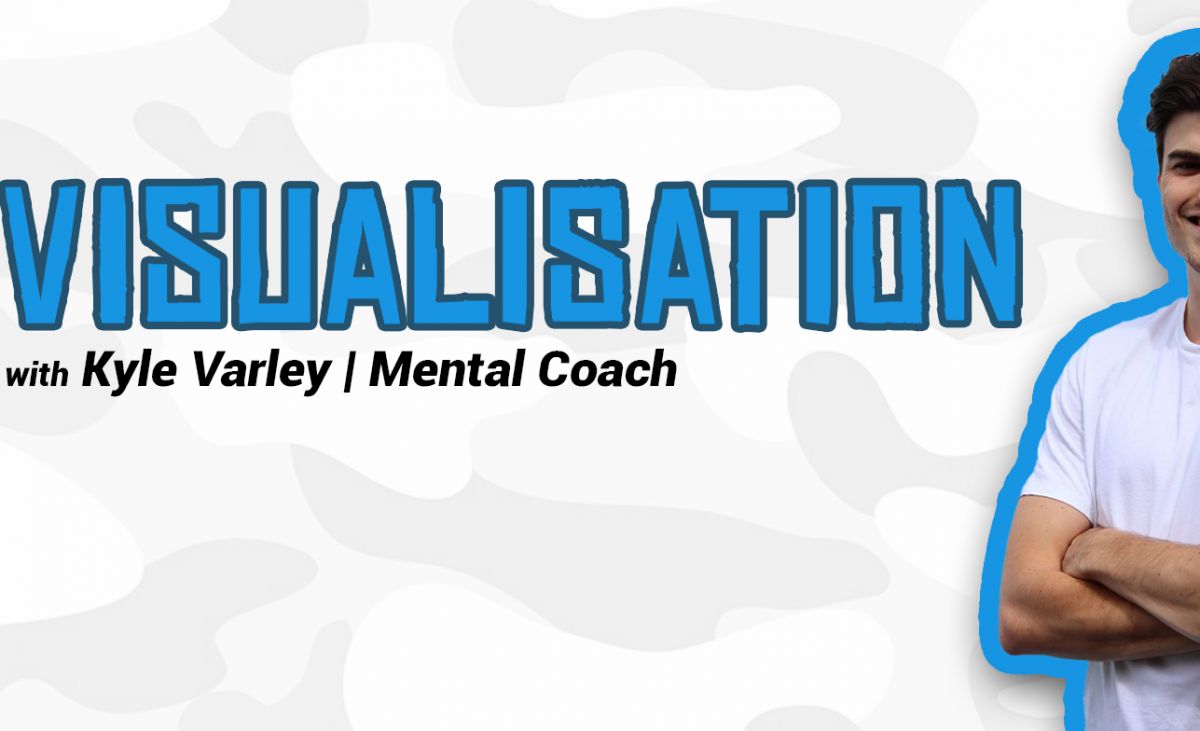mYindset: A series of articles on performance in esports
Hello everyone and welcome to a series of articles by us at mYindset on a variety of different aspects concerning performance in esports. Over the next few months, we will dive into subjects such as mental training, sleep, nutrition and more, and see how they can affect our game. We will also be looking at how to improve and optimise these aspects. That way you can become the best esports athlete you can possibly be.
Today’s article will be part of an introduction to mental coaching and will provide an overview over one of the most common mental techniques. In doing so, it will allow us to get to know one of the different ways sport psychology and mental coaching can influence our thinking before, during or after a game. The structure of this method, as well as all the ones introduced in the future, will always be the same. First, we will take a look at what the method consists of. Then we will look at existing evidence, proving that the method works. Finally, we will explore examples of how to use the method in an esports setting.
–
Sport psychology and mental coaching
–
Before we set off on our journey which takes us past all the different methods, it is necessary to define two underlying terms: Sport psychology and mental coaching. Do not worry whilst reading the definitions, after presenting the definition we will try and break down the scientific language to figure out exactly what the definitions mean.
In science, sport psychology can be defined as dealing with behaviours and experiences in the context of sport and exercise. It is aimed at describing, explaining, predicting and influencing these behaviours and experiences, as well as applying this knowledge gained to the practical world of sports (Alfermann & Stoll, 2016). Mental coaching, on the other hand, is applying methods to increase an individual’s cognitive features in respect to their behaviours (M.S, 2013). Considering the complex terminology, let us condense these definitions into two important nuggets of information. First, sport psychology is the entire field of anything concerning one’s mind in sports. Second, mental coaching in sport is one small area of this that looks to apply different methods, which are gained through psychological research in sport, in practice. The goal of this series of articles on mental coaching is to take a closer look at exactly these methods encountered in mental coaching.
Visualisation
–
What is it?
–
Visualisation is the act of picturing something in your mind. As the name says, the idea of this method is to visualise a setting, a strategy, a goal or anything for that matter. Things can be visualised from the first-person perspective, the third-person perspective or focus on kinaesthetic sensations. The method is used to remember a sequence of events better, to improve a skill or to increase motivation.
An example of this method that illustrates one possible use is skiers. Before the race, skiers usually take a moment to close their eyes and retrace the slope in their mind. In doing so they are visualising the race to come.
–
Why do it?
–
A multitude of studies have found evidence that visualization leads to similar activation of the muscles, as contracting the muscle would (Mayer & Hermann, 2009). In addition, Mayer & Hermann also provide an overview of different peripheral effects of visualisation, such as a heightened pulse when imagining physical activity. This basically means that despite not moving at all, the body goes through similar strain when visualising an activity. The proof is in the pudding, Yue & Cole (1992) found that the strength of a muscle can increase over a 4 week period during which a strength exercise is visualised and not a single weight was lifted. In summary, visualisation leads to similar activity in the body as actually undertaking the activity. This is handy as it is often not physically possible to train certain specific situations, e.g. during injuries or when they rarely take place.

–
Esports
–
We can apply this knowledge to a particular circumstance encountered in esports. Playing on stage or streaming the game in front of a lot of people can lead to stress or nervousness. Training this scenario is tricky however, as it rarely occurs. In addition, it is nearly impossible to train, as you cannot just organise 20’000 people to put you under pressure during practice. Here is where visualisation comes in to play. Through visualising the stage, the fans, the noises, maybe even a good game played by yourself, it is possible to simulate a similar scenario, allowing you to gain (positive) experience playing in front of a crow and eliminating your nervousness. The more you visualise this scenario, the more you will get used to it and the less you get nervous.
Visualisation exercise
Here are some instructions on how to set up a visualisation exercise at home:
Sit down and take notes of every single detail describing the scenario that makes you nervous. Considering the before-mentioned example, this specific scenario can entail e.g. separate people in the crowd, your chair, your desk, your screen and everything else you can see, hear, smell, feel or even taste. Knowing all the pieces of the puzzle may take some research, as it is not always possible to know everything beforehand. If a part of the scenario is unsure, it becomes a more flexible part of your visualisation which changes every time you visualise. In doing so, you are not surprised by the unknown when you see it for the first time. In general, however, the more information you have the better.
Once you have written everything down, find a quiet space, shut your eyes and try to picture everything that you noted. The more you do this, the more lifelike and real the situation should feel to you. You might find after the first time that your notes are missing something to make it feel as real as possible. Take your time to find out what may be missing and add it to your list. In doing so, the visualisation of your specific situation will improve. Tipp: If you add yourself achieving something in your specific situation, you will combine your training with positive feelings, which will also help against nervousness. An achievement could be you clutching the game or a highly skilful play.
References:
Alfermann, D. D., & Stoll, D. O. (2016). Sportpsychologie: Ein Lehrbuch in 12 Lektionen. Meyer & Meyer Verlag.
Mayer, J., & Hermann, H.-D. (2009). Mentales training. Springer.
M.S, N., Pam. (2013, April 7). What is MENTAL COACHING? Definition of MENTAL COACHING (Psychology Dictionary). Psychology Dictionary. https://psychologydictionary.org/mental-coaching/
Yue, G., & Cole, K. J. (1992). Strength increases from the motor program: Comparison of training with maximal voluntary and imagined muscle contractions. Journal of Neurophysiology, 67(5), 1114–1123. https://doi.org/10.1152/jn.1992.67.5.1114
